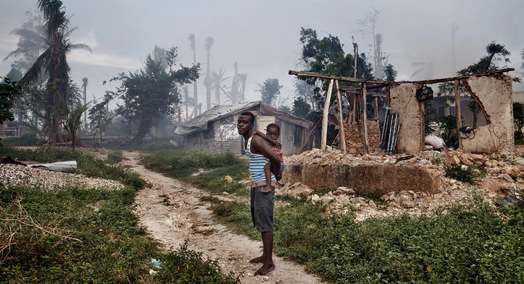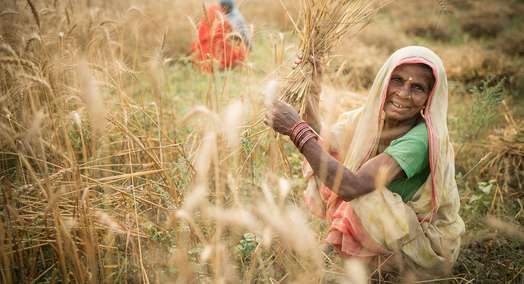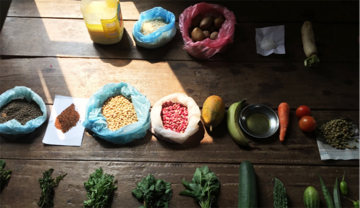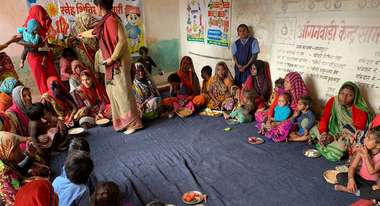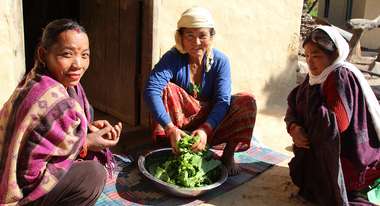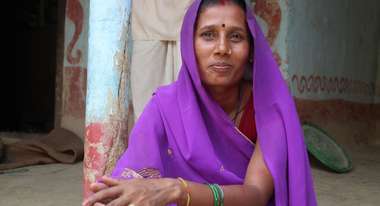Nepal: One Year After the Devastating Earthquake
How are the people today, what progress has been made? An update from Mathias Mogge, Executive Director Programmes.
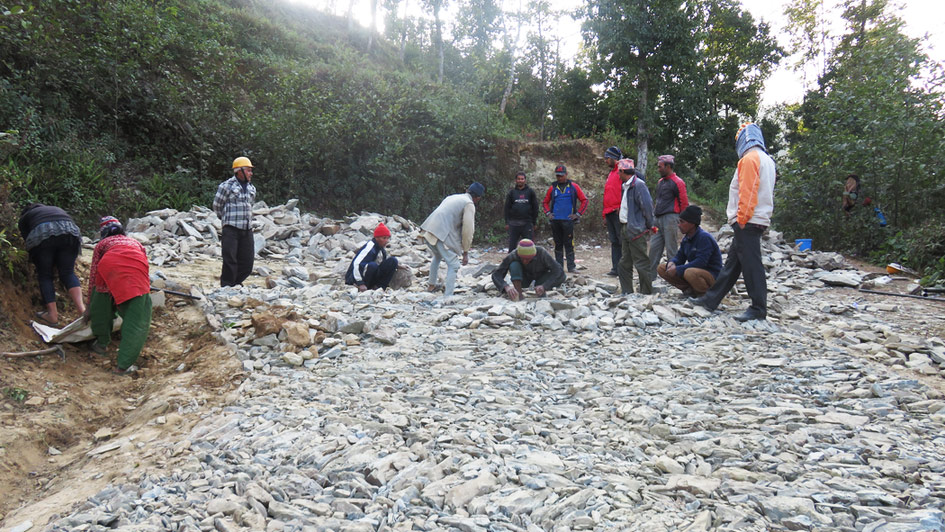
We are in the middle of a project visit when all of a sudden the sky turns black and heavy rain pours from the sky. We seek shelter in a classroom which actually isn’t usable anymore because of many cracks in the walls and holes in the roof. We are slowly getting wetter and it feels cold. This is just a moment which gives us an idea how it may feel living in a tent or in a temporary shelter when the monsoon will soon come to Nepal.
One year after the devastating earthquake in Nepal, the situation is still difficult for most of the people who lost their homes. People are living in temporary shelters, little huts, tents, makeshift accommodation. The Nepalese government announced that every family who lost their home will receive 200,000 Nepalese Rupees, approx. 2,000 Euro, as a support to construct a new one. Unfortunately this money has been promised for months and people are still waiting for the disbursement while the monsoon with heavy rain is coming closer.
How people can benefit from Welthungerhilfe’s relief efforts?
I travelled to Nepal to better understand the situation for the Nepali people today and how people can benefit from Welthungerhilfe’s relief and development programmes. I first travelled to Ramechhap, one of the districts Welthungerhilfe has been working in for many years. Here, together with our partner Rural Reconstruction Nepal, we provided quick emergency relief a few days after the earthquake.
RRN distributed plastic sheets against the rain, hygiene kits and cash, so that people can buy food and other essentials. We quickly started to discuss with the population how to repair the damaged infrastructure: roads to improve access to the villages, water facilities and irrigation channels so that food production can start again.
Permanent houses are rarely rebuilt yet, because everyone is waiting for the government to make available their guidelines on how to reconstruct the houses, schools and clinics in an earthquake-proof way. Welthungerhilfe, too, has not yet been able to rebuild six public schools – like everyone else we are eagerly awaiting approval from the Nepal Reconstruction Agency.
"Reconstruction moves at snail's pace"
Even the Prime Minister is not happy about the lengthy disbursement of funds and the slow approval process when he says: "We are moving at snail’s pace in executing tasks related to reconstruction". A first attempt to disburse funds in a community has resulted in harsh conflicts, because certain community members claimed also to be victims of the earthquake.
This is a typical problem that all NGOs face after natural disasters. On the one hand, we would like to rebuild as soon as possible in order to help the victims to start a new life. On the other hand, the local government has to make sure that the aid is reaching those who are really in need and that in time of a crisis political or ethnical tensions are not being misused.
Especially children suffer from undernutrition
My second trip goes south to the Chitwan District. A vibrant District close to the Indian border with high economic activity, but with communities which have not yet benefitted from the development. The Chipang people live in the mountains, very difficult to reach, and farm on small pieces of land. We found high undernutrition rates among women and children. Therefore, we have started nutrition and farming programmes in cooperation with partners. Women learn about...
- the benefits of breastfeeding
- the importance of feeding themselves particularly well during pregnancy
- the significance of regularly visiting the health post
- how to combine the available food so that it is healthy and nutritious for the whole family
Cultivating fruits and vegetables, rearing pigs and goats, and farming fish in ponds give farmers the possibility to sell part of their produce and improve the diet of their family at the same time.
These efforts have improved the nutrition situation considerably, however we could also witness that there are still families we could not reach yet. We visited a couple that had married when he was 15 and she was 14. They have seven children today, the youngest just born. The children were not well nourished, the farm of the family appeared to be very poor. What can we do to change the life of this family? Our colleagues will pass by the house again next week and try to explore further what has happened to them and how we can integrate them better in the current programme.
"I am leaving Nepal with mixed feelings"
I am convinced that we make a sensible contribution to the most marginalized and vulnerable people in very remote areas of the country. We work with small-scale farmers and together with our partners we are looking for ways out of hunger and poverty together with the communities. However, the political landscape is complicated in Nepal, administration is heavy, infrastructure needs to be built and rebuilt. A lot of young people migrate to the Gulf States, to India or other countries in order to find work work and send money home. For their home country, this also means a huge drain of human resources, of ideas and inspiration which is very much needed in Nepal. It is not easy for Nepal to assert itself between the two superpowers China and India.
